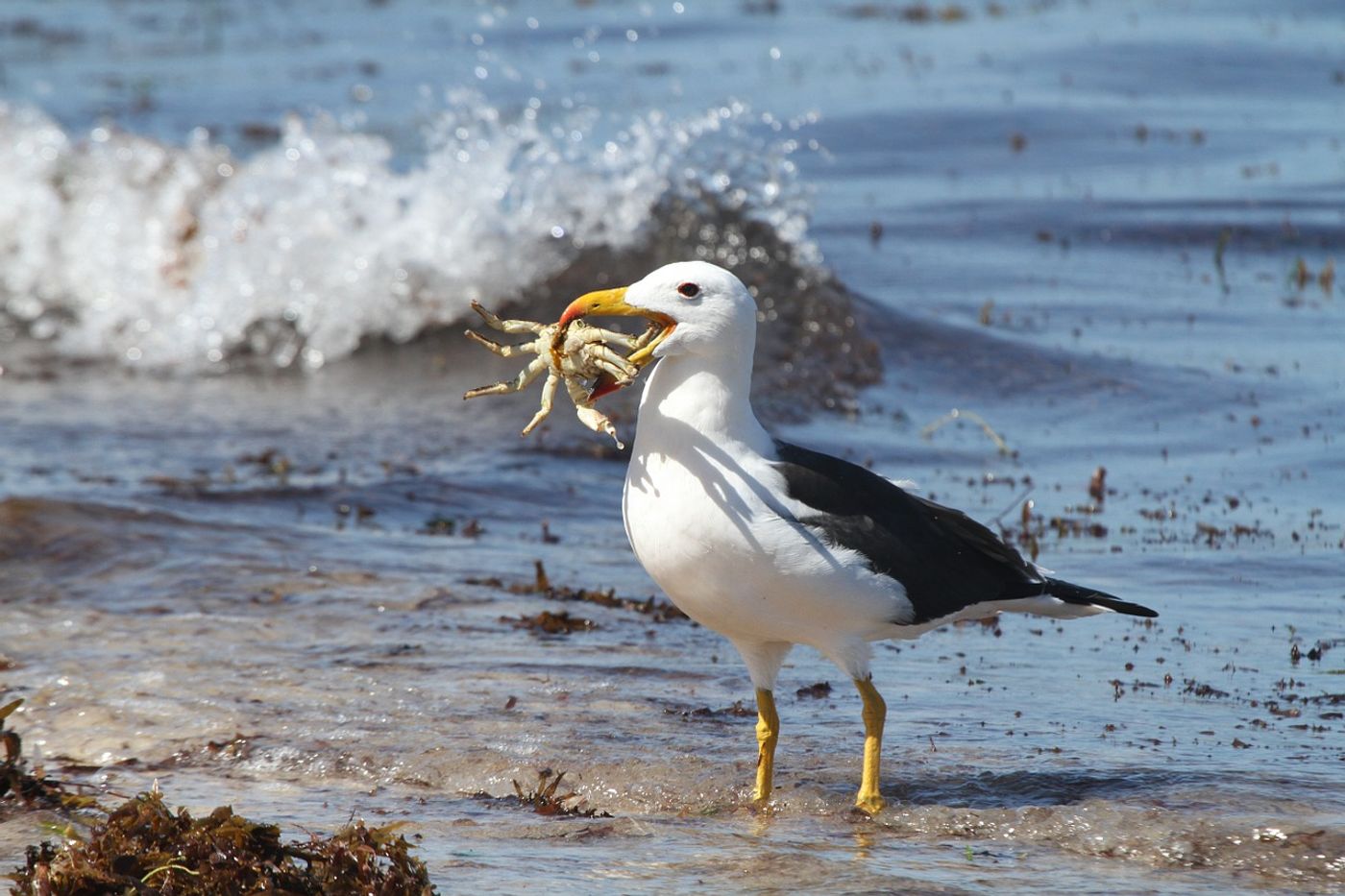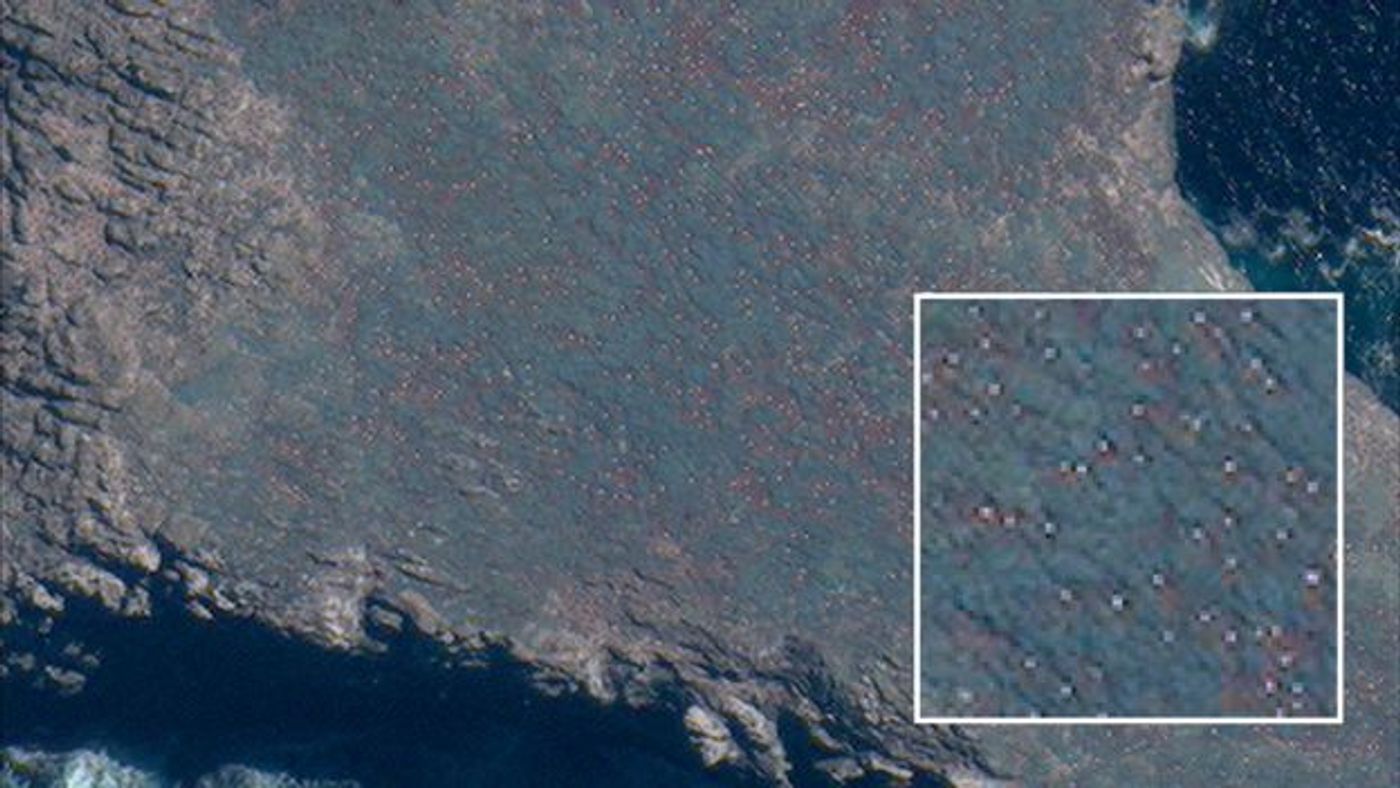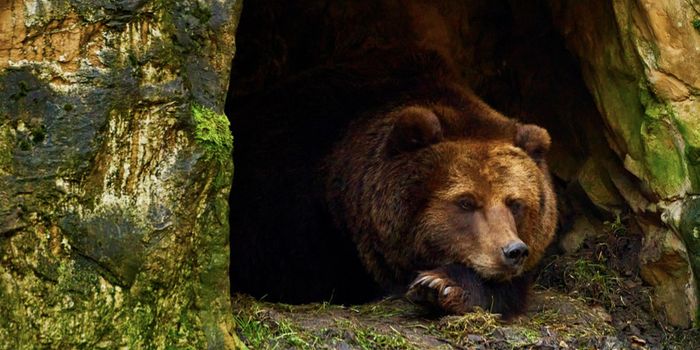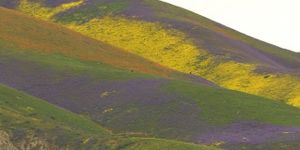Scientists Are Now Counting Birds From Space
Keeping an accurate headcount of the endangered Northern Royal Albatross is somewhat of an important venture for scientists based out of New Zealand, but it's not easy because their natural habitat is difficult to access.
Image Credit: PublicDomainPictures/Pixabay
History has proven that headcounts on land can be inaccurate or miss important details, and to fix that, we’re beginning to work towards a future of ‘eye-in-the-sky’ headcounts. Most of these are performed by flying drones or airplanes, which don’t disturb the natural habitat of the creatures, but another way we can do this is by way of satellite imagery.
Published in the journal Ibis, a study described how high-resolution imagery can be used to accurately measure the population of a species on a global scale. The images, which were taken by the DigitalGlobe WorldView-3 Satellite are so detailed that individual birds can be counted in the photographs.
Importantly, this was the first time an entire animal species has been surveyed on a global scale from outer space, which is a big milestone since governments have only recently allowed such high-resolution space imagery to be accessible by non-military entities.
In these photographs, you’ll see numerous small white dots popping out from the dark background that are only a couple of pixels wide, but each of these white dots just happens to be an albatross in the region.
Image Credit: DigitalGlobe
According to the study, as many as 3,600 albatross nests were counted, which is reportedly down from a ground-based headcount performed almost two decades ago.
Related: Albatross chicks are in danger from tsunamis and rising seas
"The breeding numbers we counted were much lower than we anticipated, which could show us that the population is declining or it could show just that we had a particularly poor year. But this illustrates why you have to do this over several years, and doing it by satellite is going be a lot cheaper and more efficient," study lead author Dr Peter Fretwell said in a statement.
You might be wondering how scientists can tell one white speck from another, and how this translates to accurate information regarding albatrosses when many bird species are white, but it turns out there’s a way to get around that obstacle.
Scientists are already well aware of where these birds like to nest, so naturally, we already know where to look. It’s just a matter of keeping track of them and their movements so they don’t get mixed up with other birds.
Because their habitat in the Chatham islands is particularly difficult to get to, this satellite imagery gives scientists a break from hiking and rock climbing and lets them continue to do their work by studying from up above.
Related: How albatrosses are able to fly despite their huge bodies
Scientists used to have so much trouble venturing out to get to the creatures’ natural habitat, so the technology being used to count these creatures from space helps to save effort, funds, and time.
Source: BBC, The Independent










